Harshat Mata Temple
An ancient sanctuary of happiness in Abhaneri
Hidden away in the heart of Rajasthan lies a remarkable piece of history – the Harshat Mata Temple.
Built between the 7th and 8th centuries, this ancient temple sits in the small village of Abhaneri, just a 95-kilometre drive from Jaipur. While it might not be as well-known as some of Rajasthan’s other landmarks, this fascinating shrine packs quite a punch when it comes to cultural and historical significance.
Architectural brilliance
The temple showcases exceptional architectural mastery, positioned on an elevated double terrace platform. Its east-facing orientation allows the morning sun to illuminate its intricately carved features. The temple’s design incorporates a central sanctum and a pillared Mandapa, distinguished by its magnificent domed ceiling.
Throughout the temple complex, exquisite sculptures and deities adorn the niches of the upper terrace. The detailed carvings on the buttresses demonstrate the remarkable craftsmanship of ancient Indian artisans. These architectural elements combine to create a stunning example of early medieval temple architecture.
Historical legacy
King Chand, the visionary behind the famous Chand Baori stepwell next door, commissioned the construction of this magnificent temple. The shrine was dedicated to Harshat Mata, renowned as the Goddess of happiness and joy. According to local belief, the goddess spread her radiant glow (abha) throughout the region, leading to the town’s name, Abhaneri – the city of brightness.
The temple’s history includes periods of both glory and devastation. Despite suffering significant damage during the 10th-century invasions, the remaining structures continue to showcase the remarkable sculptural and architectural styles of their era.
Temple grounds and surroundings
The temple grounds present a serene setting amidst green fields and narrow village paths. Scattered throughout the courtyard and corridors lie numerous historical pillars, columns, and statues, silent witnesses to the temple’s grand past.
A notable feature of the temple complex is the traditional half-moon designed steps leading to the shrine. The outer walls display Brahman bhadra niches adorned with intricate carvings of deities, while the upper sections house fine sculptures that have withstood the test of time.
Practical details
The Harshat Mata Temple welcomes devotees and history enthusiasts throughout the day without any entry fee. The temple’s location along the Jaipur-Agra road makes it easily accessible by various modes of transport. The small village of Abhaneri provides basic amenities such as refreshments and snacks for those exploring the temple complex.
Local traditions
An interesting tradition associated with the temple involves its proximity to the Chand Baori stepwell. Following local customs, people traditionally wash their hands and feet at the well before entering the sacred temple premises. This practice connects the two historic structures in both ritual and purpose.
Final thoughts
The Harshat Mata Temple represents an extraordinary blend of architectural excellence, historical significance, and cultural heritage. Despite the ravages of time, this ancient shrine continues to captivate with its remarkable craftsmanship and spiritual atmosphere. The temple stands as an enduring symbol of Rajasthan’s rich architectural heritage and religious traditions.

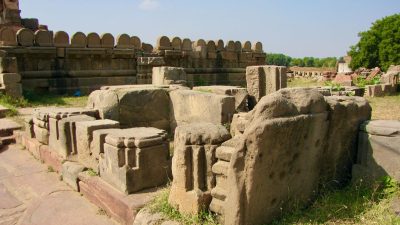

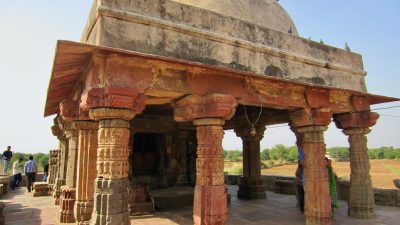
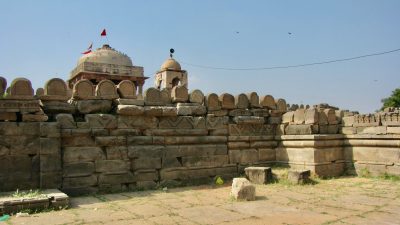
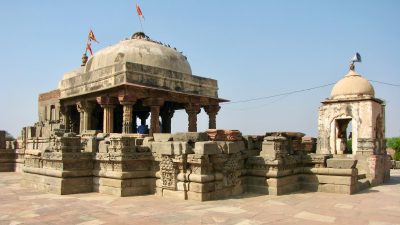

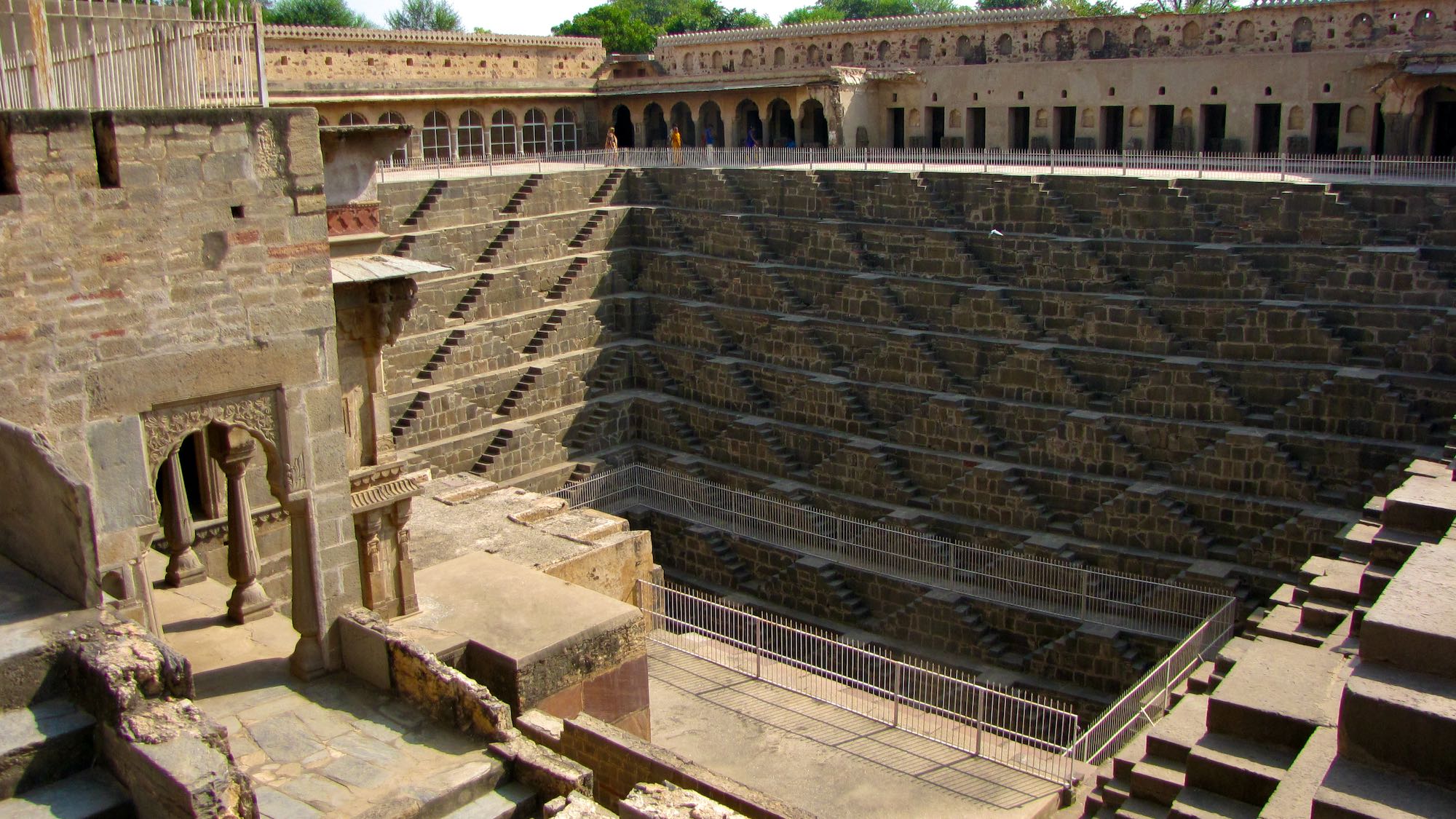
Leave A Comment